- Continue Shopping
- Your Cart is Empty
Back to black(water)...A "homecoming" of sorts...
Isn't it always nice to return to something that you know, love, and enjoy?
Don't get me wrong- journeys to strange and new places are awesome; however, there is indeed some sort of "comfort" in returning to the familiar...even if that "familiar" may be considered "out there" by many others!

Such is the case with me...Remember the "demonstration" I've been doing with our office display tank over the past couple of months? We were showing that you can have tons of leaves and botanicals in a an aquarium while still keeping the water in that "blue-white" mode that the majority of the fish keeping world seems to fancy. With good water management, and the help of activated carbon(!), we kept this water as bright and clear as any "mainstream" aquarium could be.
Except, of course, it had a bottom covered with leaves.

Well, I'm happy to say that the Great Experiment has run it's course. I've yanked the carbon in favor of less "aggressive" tint-removing filter media (Poly Filter and a small quantity of Purigen, passively employed in my Innovative Marine aquarium's media cart. These media provide removal of the metabolic wastes within the system, but seem to have little effect at removing the tint that we covet so much around here!
So, having seen "both sides of the fence" in the same tank, I think I can make some observations. I'll do my best to avoid any biases in my findings, lol.
First off, I can tell you that I did enjoy the contrast of the dark leaves with the bright, clear water. Colors did pop; it was an interesting aesthetic. The pH was the same as when the water was tinted- 6.6.
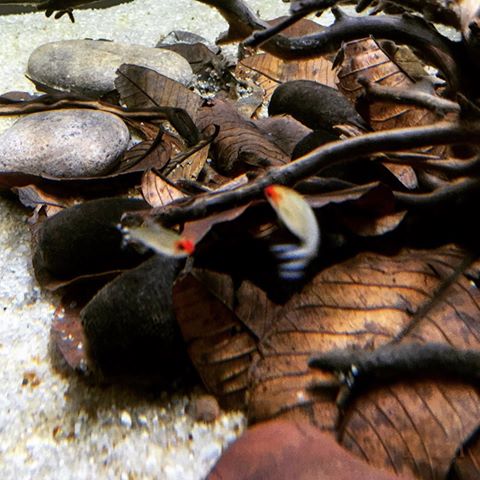
In fact, you might recall that during this "clearwater" phase, this is when the first spawning of my Rummynose Tetras and Beckford's Pencilfish occurred! There has been another spawning even with the Pencilfish since the water has returned to its "tinted" aesthetic.
Here are two significant things that I've noticed since the tank has returned to its tinted glory:
1)The colors of the fishes, particularly the reds, have deepened and intensified. My Pencilfish display the characteristic red on their fins and purplish hue on their flanks which they were not displaying during the "clearwater" phase.
2)The fishes overall appear more "relaxed", with slower, deliberate swimming. Obviously with less light penetration into the water column, one would expect that the fishes would feel more secure and calm, which they appear to!

From a purely operational standpoint, there is, in my opinion, little difference between the "clear water" and "blackwater" phases, except, of course, the color. With sounds maintenance and an understanding of the environment, it's relatively straightforward to maintain a blackwater aquarium, in my opinion.
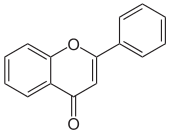
One experiment I may try next is to utilize some live plants- I'm not 100% sure which yet...maybe Salvinia and Myrophyllium, but we'll see- to create an even more interesting aesthetic. I realize that with blackwater, light penetration is different. I will, being the reefer that I am, take PAR readings before attempting this, so we can compare to the PAR readings I obtained from "clear" water.
Another "management shift" that I have done is to incorporate more Catappa, Loquat, and now, Jackfruit and Magnolia levels into the scape.
In addition to being larger, and adding different colors to the scape, specifically oranges and yellows (a nice contrast against the predominantly dark brown of Catappa), many of these leaves have the added benefit of being a bit more durable and lasting for a longer period of time while submerged in the aquarium. During the "clear water" phase, the scape was dominated by Guava leaves, which, as we've demonstrated previously, impart noticeably less coloration to the water than Catappa.
As indicated above, I'm starting to use slightly less, yet larger leaves, as I feel they last longer, impart more "tannins per square millimeter" (purely conjecture, lol), and they create a slightly different aesthetic.
I'm really liking the "Raja Ampat XL Catappa Leaves" collected for us by Jake Adams in Raja Ampat, Indonesia. They can really unleash some tannins! And they hold up several times longer than the smaller, thinner Catappa leaves I use!
It really didn't tale all that long to get the water back into it's "blackwater mode", maybe over the course of a few days. I "reloaded" on leaves, and sort of "stopped" at the color I like.
An interesting side note/observation about leaf litter tanks, as I've noted previously, is that it's always changing. Some leaves are in various states of decomposition, softening, color change. And the neat thing is that you can create this incredibly dynamic, ever-changing aquascape by simply replacing leaves. You can create all sorts of nooks and crannies" within the leaf litter bed, offering your fishes hiding places, spawning areas, and zones to forage.
I'm about to add some specimens of my all-time favorite characin, Crenuchus spilurus, the "Sailfin Characin", a noted benthic leaf litter dweller, to my aquarium, and I'm really looking forward to seeing how they utilize this habitat, along with my favorite little Farlowella "Twig Catfish."
I'm also using a lesser diversity of botanicals in this tank, purely for the reason that my aesthetic tastes have evolved and changed over the months since this tank has been in operation. Right now, the mix includes Savu Pods, Coco Curls, Heart Pods", "terra Sorrindo", and "Lampada Pods", all subtly integrated into the mix. No one botanical dominates the scape, and the materials have been distributed spatially throughout the display. Manzanita wood and smooth river stones round out the hardscape.
Oh, and the continuing discussion about "taking 'em out or leaving 'em in" with regards to leaves? It's still your call. I've seen no negative water quality issues associated with leaving the decomposing leaves in. However, my aquarium is scrupulously maintained, understocked, has excellent circulation and gas exchange, and doesn't have accumulations of uneaten food and other debris within the leaf matrix, as I siphon weekly during my routine water changes. And I tend to "top off" and/or replace significantly decomposing leaves regularly. Not because I feel they pose some health issues. Rather, because I like the ability to change stuff up!
And, with some of the new varieties and selections of leaves we're going to be releasing in the coming months, you'll probably want to do the same! The beauty of a blackwater tank, with a variety of leaf litter, is that it give you, the aquarist, an opportunity to enjoy an ever-evolving, ever changing, biologically rich and aesthetically pleasing aquarium experience.
Yeah, it's fun to go away...but it's nice to come home again!
Stay engrossed. Stay creative.
And Stay Wet.
Scott Fellman
Tannin Aquatics


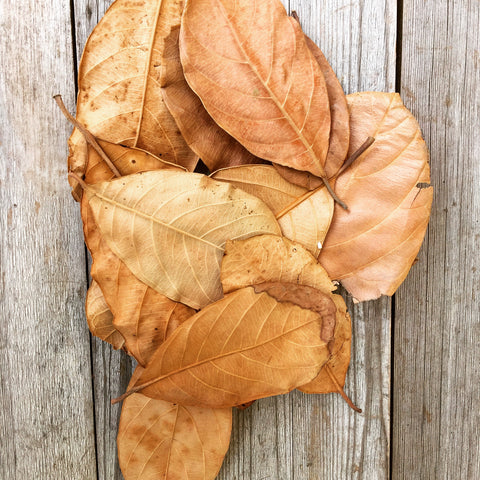
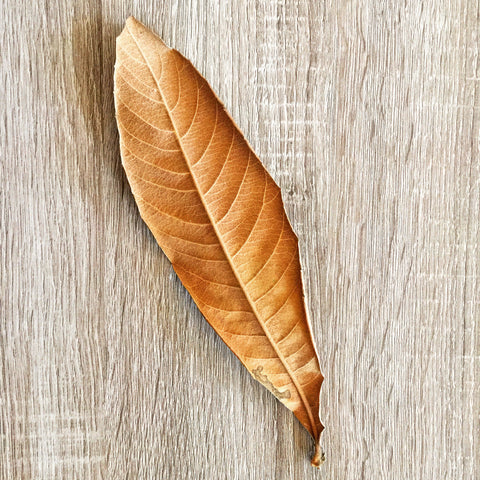
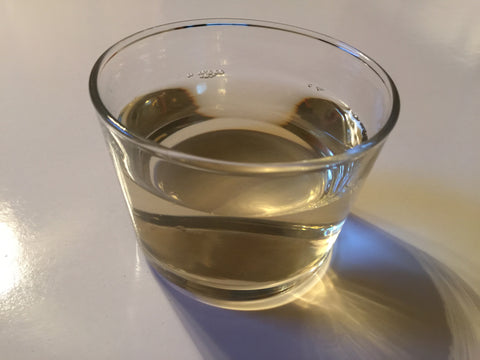
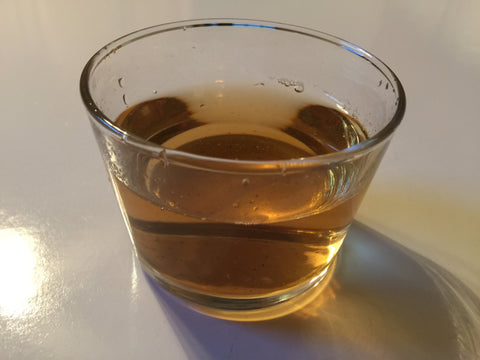
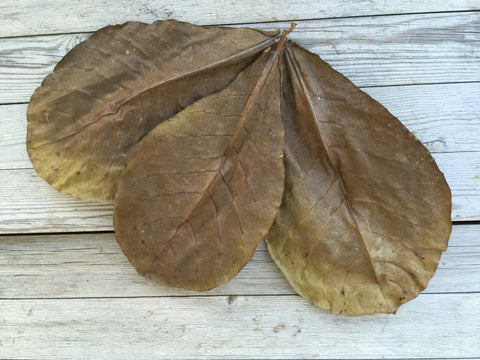
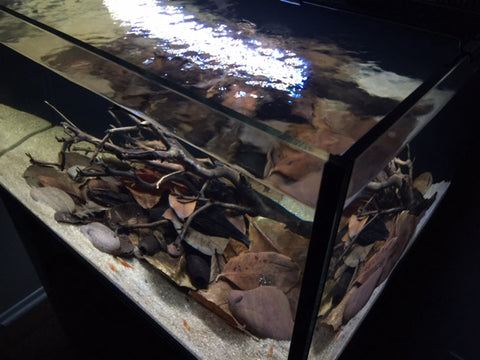
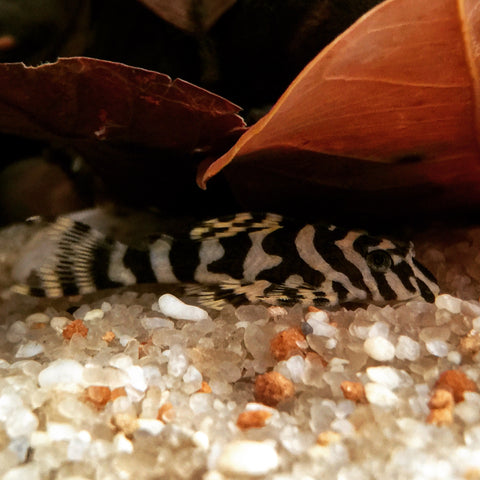

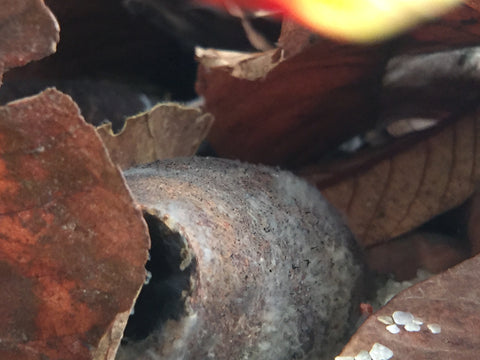






Scott Fellman
Author